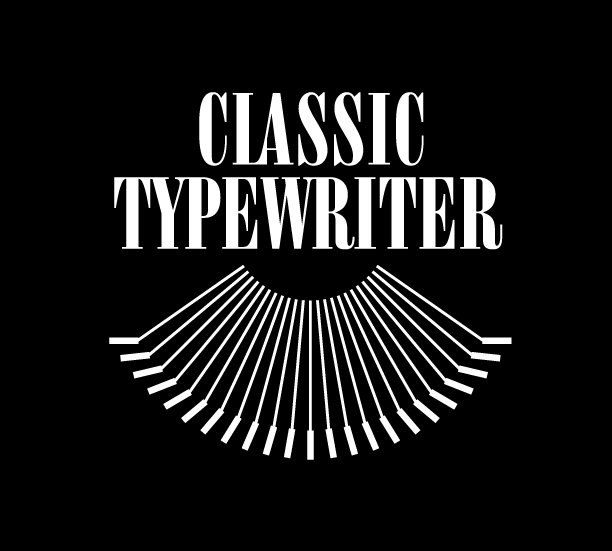Why Vintage Typewriters Beat Computers for Focused Writing
In an age dominated by digital distractions, finding a true haven for focused writing can feel like searching for a needle in a technological haystack. That's why I'm turning back the clock to champion an unexpected hero for writers seeking solitude from the pings and pop-ups of modern devices: the vintage typewriter.
The Charm of the Mechanical
There's something inherently romantic about vintage typewriters. The clack of the keys, the ding of the margin bell, and the physical act of rolling in a fresh sheet of paper—these tactile elements bring a certain mindfulness to the writing process that's often lost in the seamless, soundless void of word processing software. Unlike a computer, a typewriter doesn’t tempt you with endless tabs or social media notifications. It demands your full attention, creating a single-threaded path from thought to paper.
A Distraction-Free Sanctuary
The primary allure of the vintage typewriter is its glorious isolation from the internet. There are no tabs, no emails lurking in the background, and no social media icons enticing you away from your work. This isolation forces a level of concentration that can be hard to achieve with a computer. For writers who find themselves frequently derailed by online distractions, a typewriter can serve as a sanctuary where focus flourishes.The Ritual of WritingUsing a typewriter involves a ritual that can enhance creativity and focus. Inserting the paper, setting the margins, and even correcting mistakes with liquid paper or typewriter erasers can help ground writers in the act of creation. This physicality ensures that every word counts, encouraging more thoughtful expression and composition. The process can feel slow, but this deliberateness is exactly what the distracted modern mind needs to recalibrate and engage deeply with the task at hand.
The Finality of Ink
There’s no 'delete' key on a typewriter. This means every word typed is a small commitment. For writers, this can be terrifying, but it's also liberating. The permanence of typing on a typewriter discourages the endless back-and-forth editing that digital documents invite. Instead, it promotes a forward momentum in writing that many find conducive to productivity and creative breakthroughs.
Aesthetic and Inspirational Qualities
Beyond functionality, vintage typewriters are aesthetically pleasing. They embody a classic, almost steampunk-esque appeal that can inspire creativity. Many famous authors have sworn by their trusty typewriters, and just the presence of a beautifully crafted machine can evoke the muses. For those who appreciate visual and tactile beauty, a typewriter is not just a tool but a source of inspiration.
In ConclusionWhile a vintage typewriter might not replace computers for all modern needs—such as digital communication and extensive editing—it offers a pure, undistracted environment for initial drafts and focused thought. If you’re finding it difficult to concentrate or yearn for a more tactile writing experience, why not join the renaissance of writers rediscovering the focused joy of typing? Dust off that old Remington or Royal and rediscover the lost art of typing. In a world where digital distractions are the norm, a step back to a simpler time might be just the leap forward you need.
50’s Groma Kolibri

